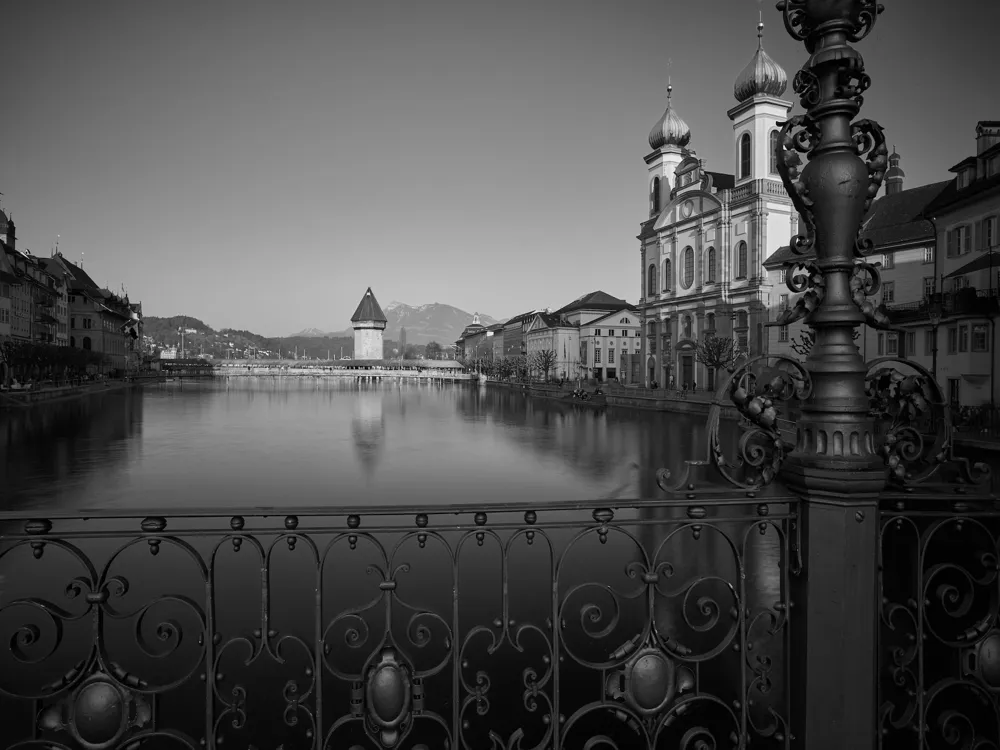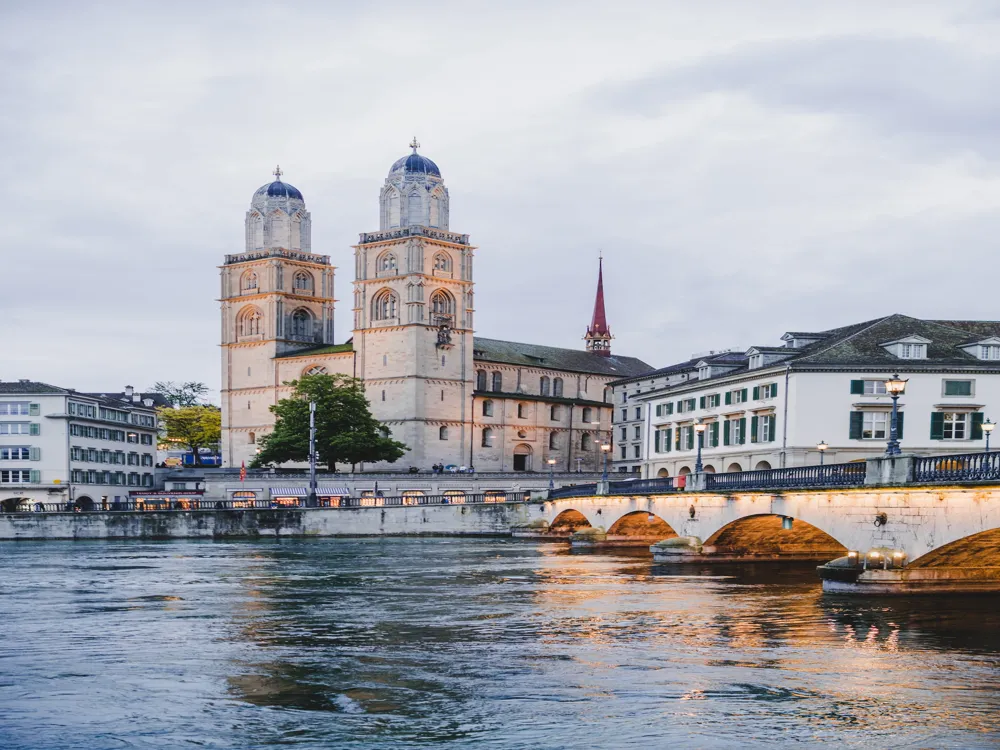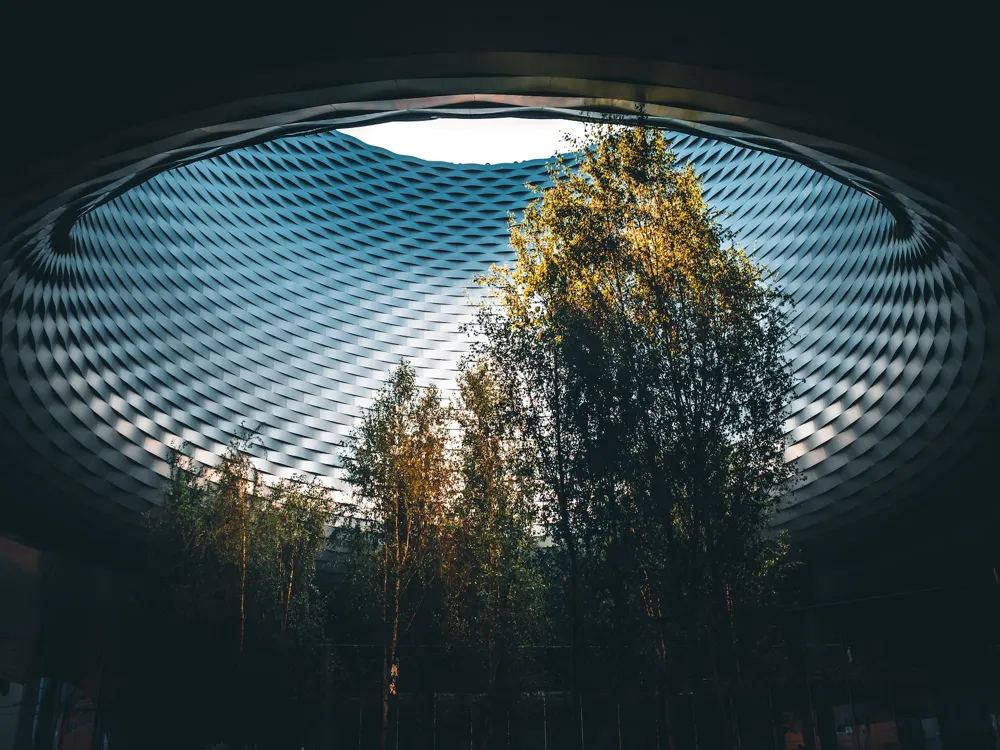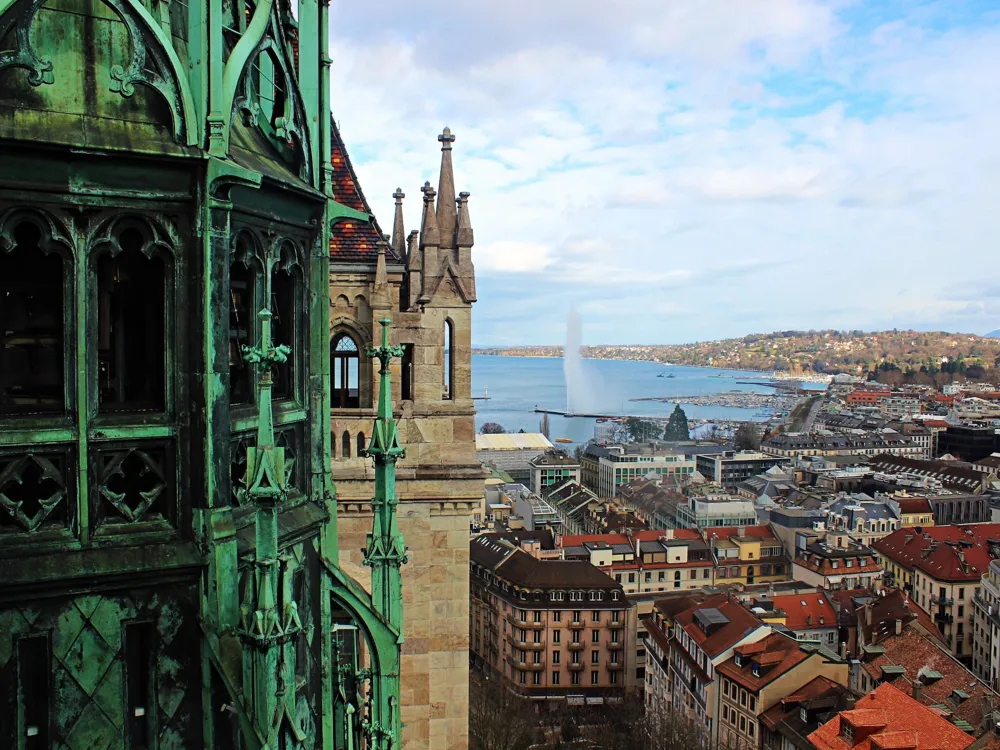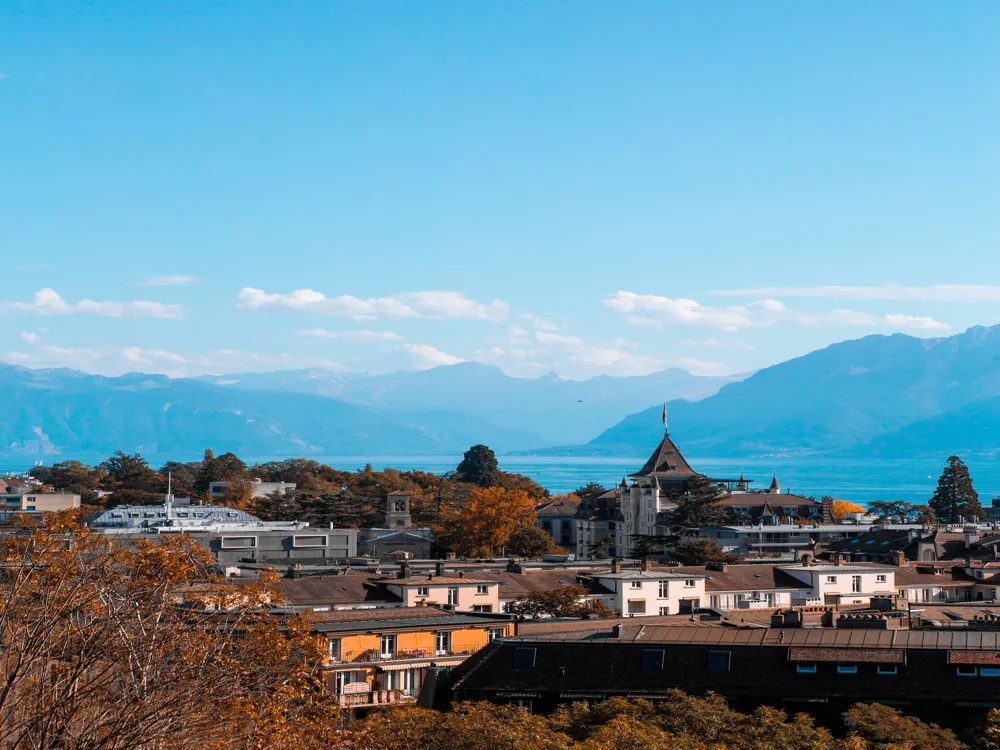The Chapel Bridge, known as Kapellbrücke in German, is a landmark of Lucerne, Switzerland. This wooden pedestrian bridge, one of the oldest in Europe, was originally built in the 14th century. It is renowned for its interior paintings that date back to the 17th century, though many were destroyed in a fire in 1993. The bridge spans the Reuss River and is a symbol of Lucerne’s medieval heritage. The Chapel Bridge is notable for its unique design and historical significance. The bridge features a series of paintings from the 17th century, showcasing events from Lucerne's history. The octagonal Water Tower, which served various purposes including a prison and treasury, stands adjacent to the bridge. The combination of the bridge's timber structure and the tower forms a picturesque scene, making it a favorite subject for photographers. When planning a visit to the Chapel Bridge, consider the following tips: The bridge is accessible year-round and is most charming during sunrise or sunset. Visitors should also explore the nearby Old Town for a complete Lucerne experience. Guided tours can offer in-depth insights into the history of the bridge and Lucerne. Many local tour operators offer walks that include the Chapel Bridge as a key attraction. For photography enthusiasts, the Chapel Bridge presents numerous opportunities for capturing its architectural beauty. Early morning or late evening times are ideal for avoiding crowds and getting the best light. Chapel Bridge is easily accessible by public transportation or on foot within Lucerne. The bridge is a short walk from Lucerne train station, and several bus lines stop nearby. For visitors driving to Lucerne, parking is available in the city center, from where the bridge is within walking distance. Read More:Overview of Chapel Bridge in Lucerne
Architecture of Chapel Bridge
Tips When Visiting Chapel Bridge
Planning Your Visit
Guided Tours
Photography Tips
How To Reach Chapel Bridge
Chapel Bridge
Lucerne
₹ 64,055 onwards
View lucerne Packages
Also Refered As:
Kapellbruecke
Lucerne Travel Packages
View All Packages For Lucerne
Top Hotel Collections for Lucerne

Private Pool

Luxury Hotels

5-Star Hotels

Pet Friendly
Top Hotels Near Lucerne
Other Top Ranking Places In Lucerne
View All Places To Visit In lucerne
View lucerne Packages
Also Refered As:
Kapellbruecke
Lucerne Travel Packages
View All Packages For Lucerne
Top Hotel Collections for Lucerne

Private Pool

Luxury Hotels

5-Star Hotels

Pet Friendly








